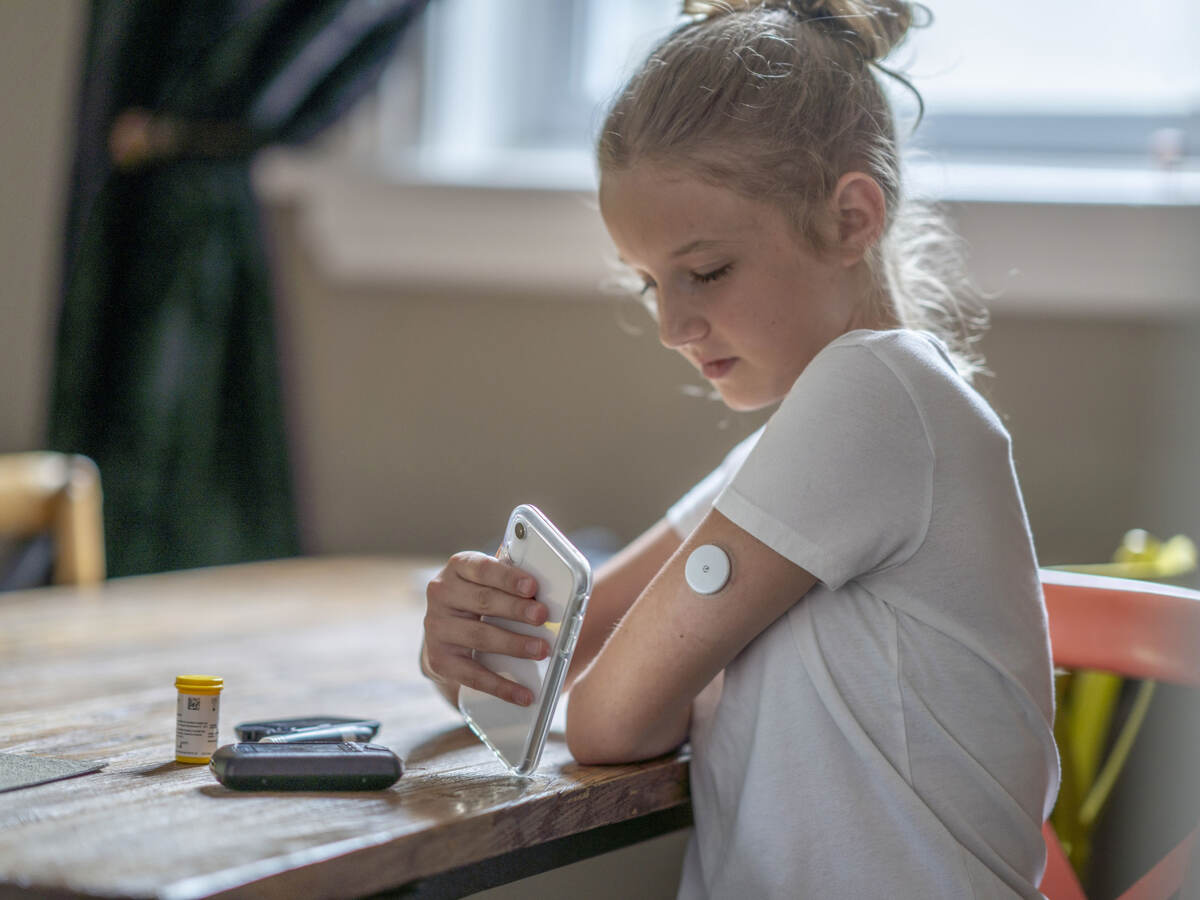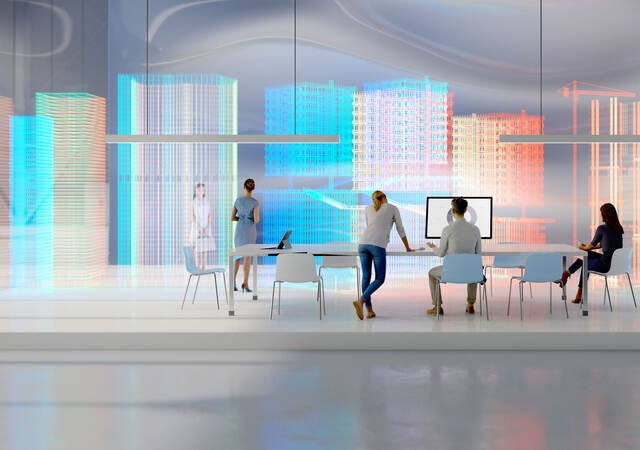Overcoming Common Compliance Issues for Medical Software
Understanding stand-alone medical devices
Stand-alone medical software is a major area of growth in the medical device industry. Software, which includes new software apps for mobile devices, can operate as a stand-alone device or as an integrated part or accessory of a medical product.
In the past, low barriers to entry have led to the release of some software products without adequate thought given to the risks they may pose to patients and users. This was due in part to unclear regulations and a lack of standards for software developers. (It wasn't always clear whether laws and regulations applied, or whether a piece of software constituted a medical device in and of itself.) Nonetheless, regulatory bodies have been putting a lot of effort into offering more guidance in recent years.
Regulatory challenges
Regulators around the world are becoming more and more aware of the need to control both stand-alone medical software and software components of medical devices. When the Medical Devices Directive (MDD) 93/43/EEC was revised in 2007, the European Union (EU) formally acknowledged certain software-only products as medical devices. The Medical Devices Regulation (MDR) 2017/745, which superseded the MDD, further extended the definitions and requirements for medical device software.
Regarding software in or on behalf of medical devices, several regulatory bodies and affiliated organizations, such as the EU Medical Device Coordination Group (MDCG) and the U.S. Food and Drug Administration, have released a number of guidance documents.
In addition, standards including IEC 62304, IEC 82304 and IEC 80001 have been established to address medical software processes, safety and risk management.








